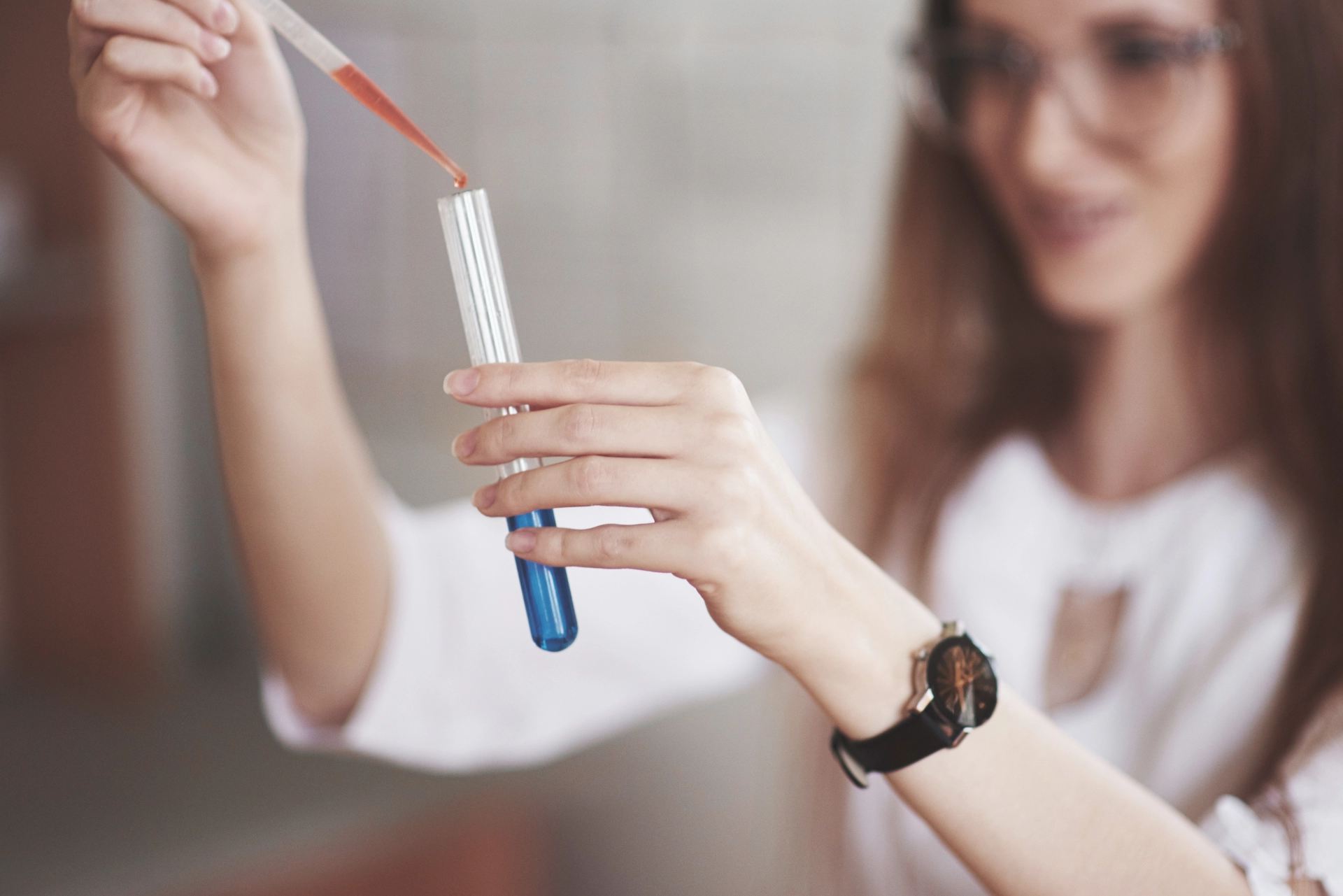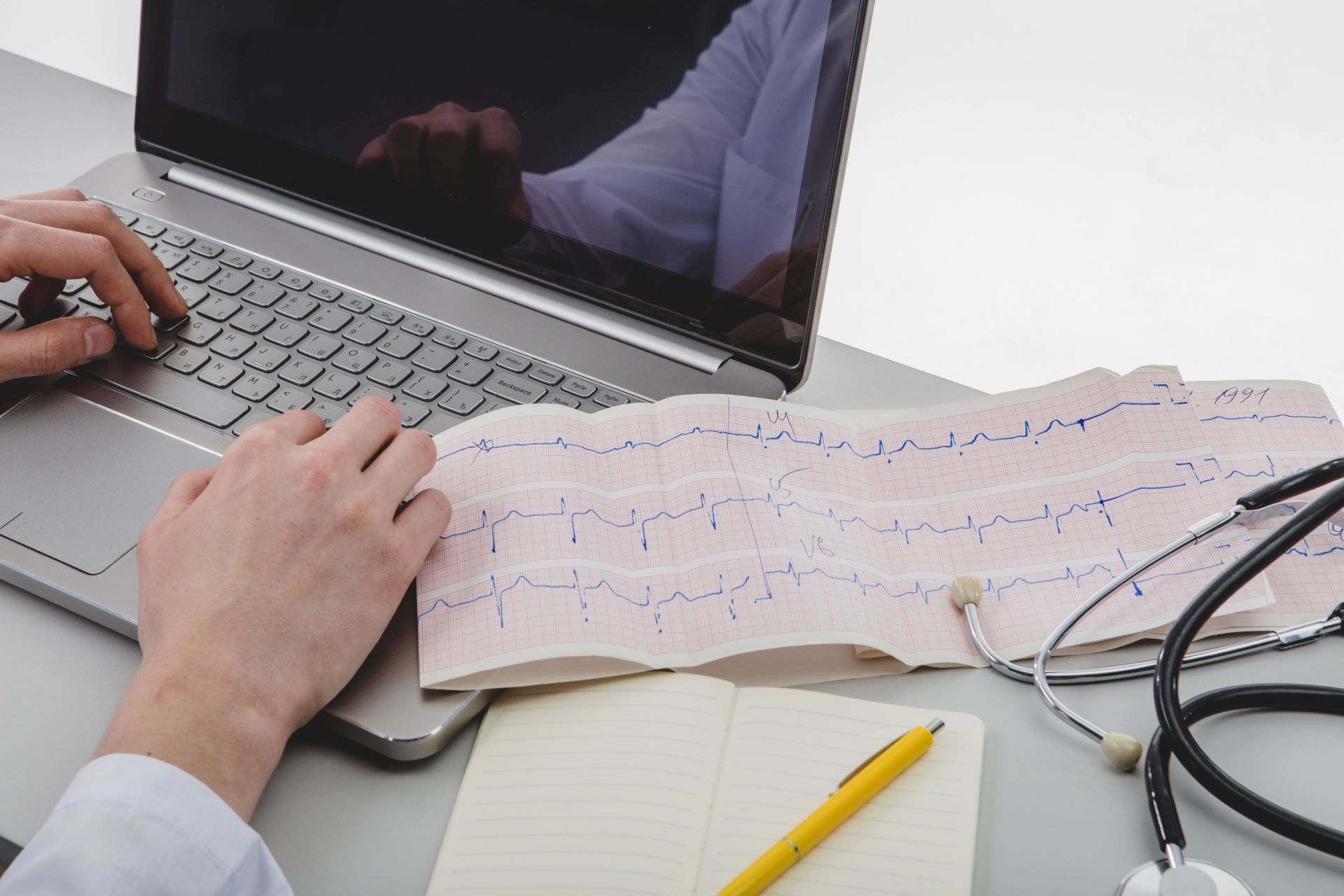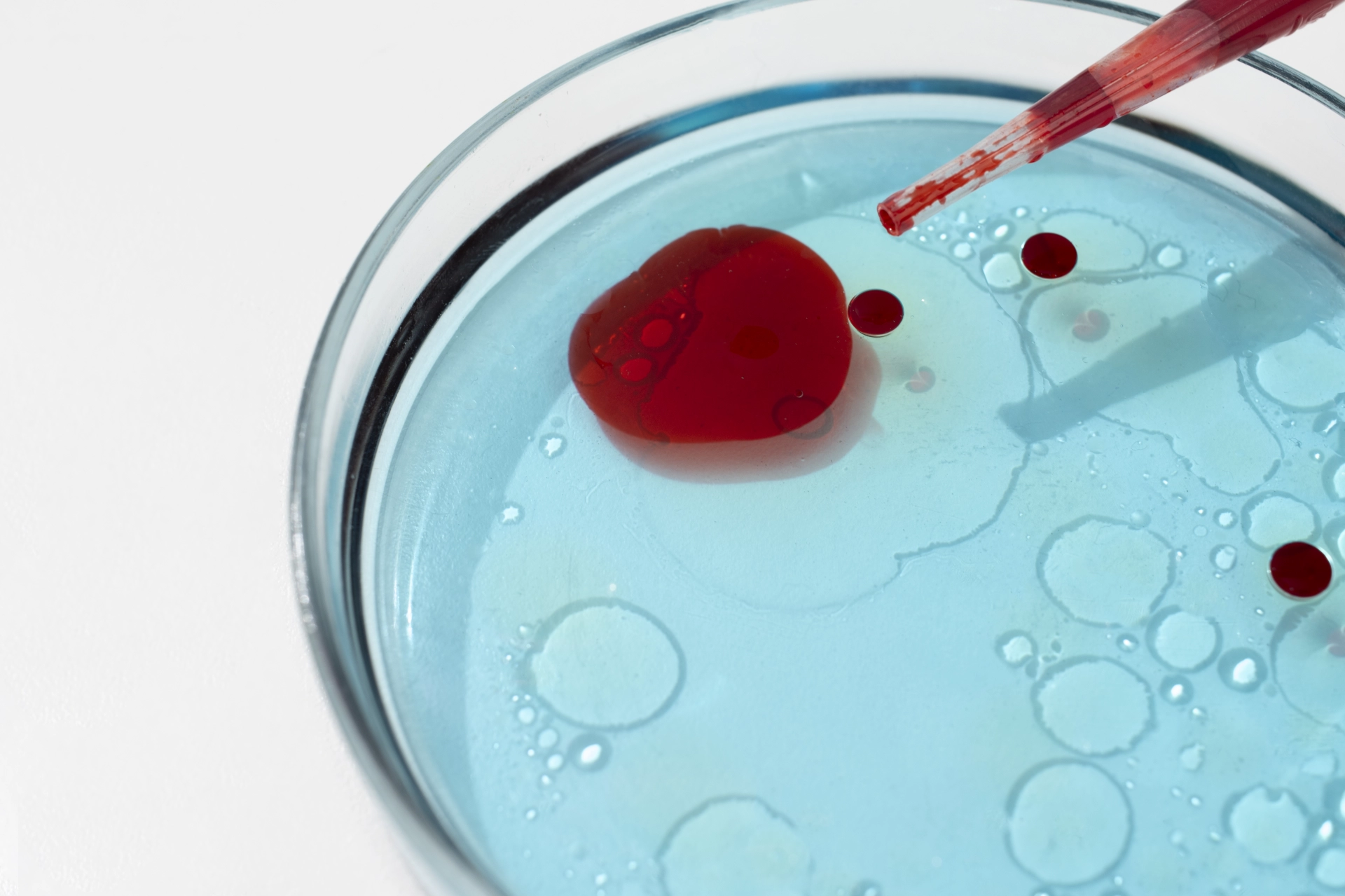Prolactin is a hormone produced by your pituitary gland, which is located at the base of your brain. Prolactin helps a woman’s breasts grow and develop, as well as milk production (lactation) after childbirth. Both men and women normally have small amounts of prolactin in their blood. Prolactin levels are regulated by other hormones called prolactin-inhibiting factors, such as dopamine. During pregnancy, prolactin levels increase due to the effects of sex hormones (mainly estradiol).
Elevated levels of prolactin in the blood are called hyperprolactinemia. Hyperprolactinemia can cause fertility problems in both men and women. Oligomenorrhea, amenorrhea, and infertility in women with hyperprolactinemia, as well as impotence and oligospermia in men with hyperprolactinemia, are caused by the suppression of gonadotropin-releasing hormone secretion by prolactin.
Hyperprolactinemia
is one of the most common endocrine disorders and can be caused by lactotroph adenomas (prolactinomas, which account for approximately 40% of pituitary tumors), drug-induced or pathological disruption of the hypothalamic-pituitary dopaminergic pathway, and can sometimes be idiopathic.
Low levels of prolactin in the blood can be caused by abnormal development of lactotroph cells (genetic causes), destruction of pituitary tissue (Sheehan's syndrome, inflammatory or autoimmune damage to lactotrophs, tumor or surgery, tuberculosis), pseudohypoparathyroidism, idiopathic prolactin deficiency, medication (e.g., dopamine agonists).
Emotional stress, exercise, and a high-protein diet can stimulate prolactin secretion.
Thus, the physiological causes of hyperprolactinemia are
:
1
.Pregnancy,
2
.Breastfeeding,
3
.Stress.
The pathological causes of hyperprolactinemia are:
1.Lactotroph adenomas - prolactinomas
2.Other disorders of the hypothalamus and pituitary gland
3 Medications
4.Mutation of the prolactin receptor gene
5.
Other causes: idiopathic hyperprolactinemia, hypothyroidism, chest wall injury, chronic kidney disease and macroprolactinemia.
When to check the level of prolactin in the blood
1
.During symptoms of prolactinoma (headaches, blurred vision, galactorrhea);
2
.To monitor the development of prolactinoma
3
.In case of infertility and sexual dysfunction in women and men;
4
.In case of low testosterone levels in men;
5
.In case of suspicion of general pituitary insufficiency (in combination with a growth hormone test)
6
.When the patient is taking medications that affect dopamine production (to monitor changes in prolactin levels).
Patient preparation
Do not take multivitamins or biological supplements containing biotin (vitamin B7), which is usually contained in supplements and multivitamins for hair, skin and nails, for 12 hours before sampling.
Sampling:
Venous bloodDeadline for response:
Same day
Knowing your prolactin level can help detect potential hormonal imbalances early and support your reproductive and overall health. Visit Dalimed MC for
a quick and accurate prolactin test—your well-being is our priority.






